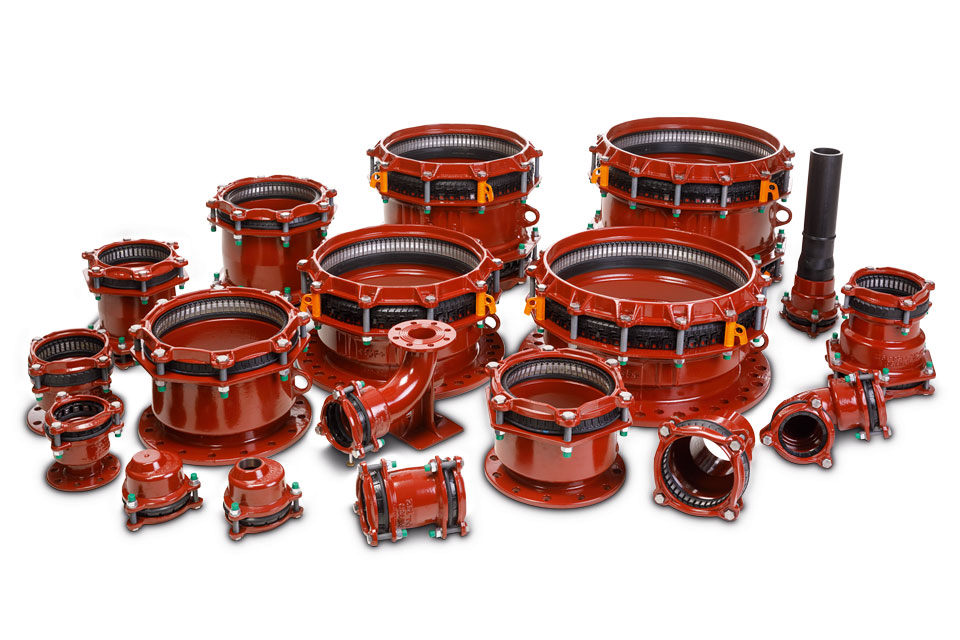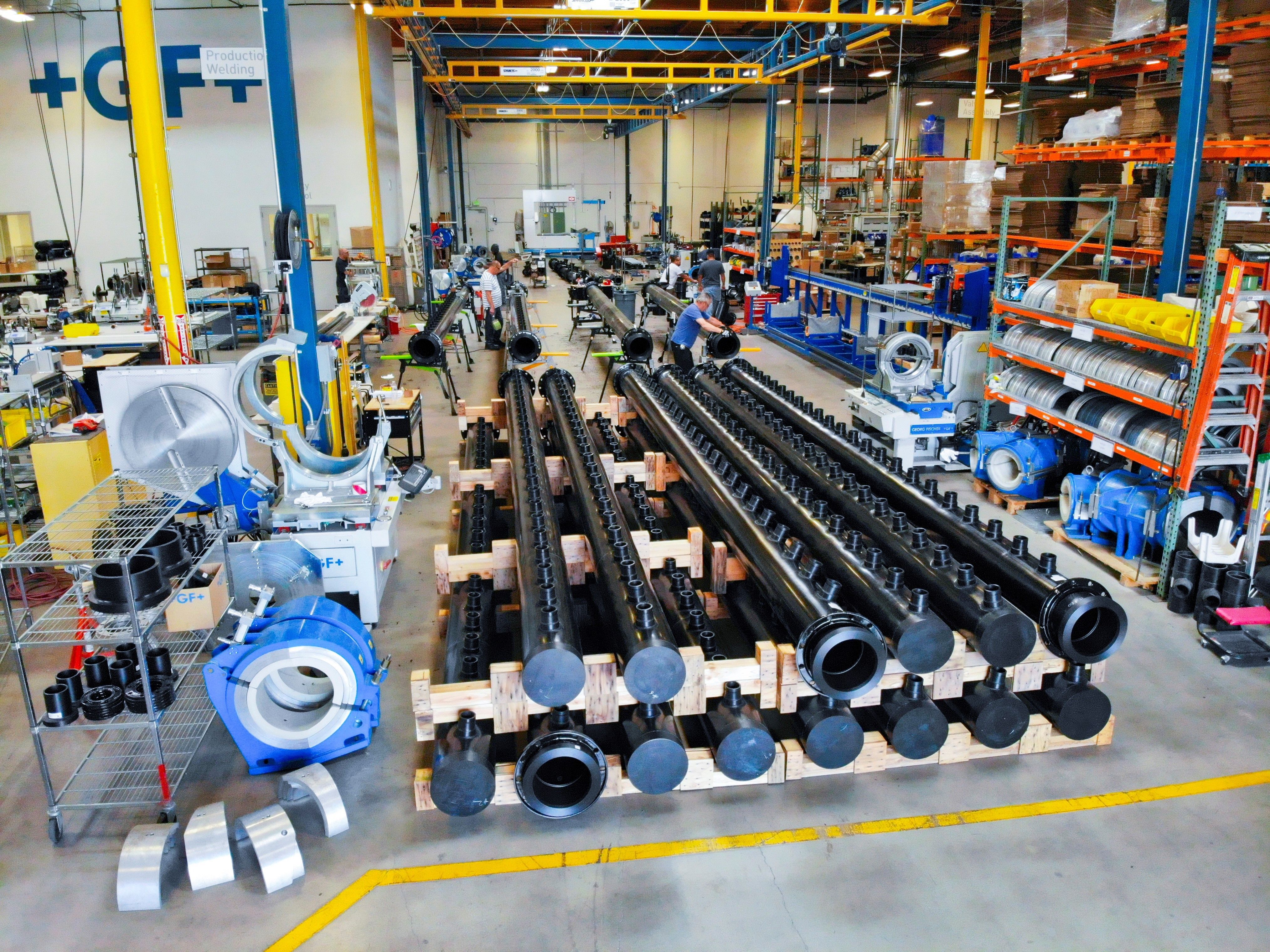Reliable Distribution Networks
Connecting mains, distribution lines and hydrants safely and reliably is crucial for the distribution of water or gas. Our distribution lines play a vital role in ensuring a seamless flow of essential resources.
Water distribution
Distribution lines in the potable water grid typically range from d63 (DN 50) to d355 (DN300). Our piping systems have a design pressure of 16 bars, which safely covers the generally accepted distribution system pressure range of 2 to 6 bars.
Gas distribution
Gas is fed into the local public network at a location on the outskirts of town. Supply stations reduce the pressure of the gas to make it compatible with the distribution system and, at the same time, meter the gas flow. Gas distribution lines generally operate at 0.1 to 5 bar and are typically dimensioned in the range of d90 to d225.






